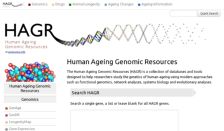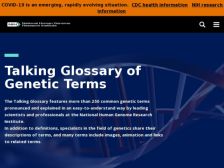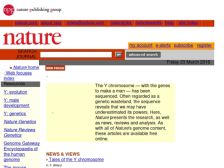Browse Resources
(7 classifications) (13 resources)
| Computer network resources
(8)
Congresses. (1) Databases (8) |
Dictionaries.
(1)
Research (9) Research grants (1) Study and teaching (5) |
Resources | |||||||||||||||||||||||||||||||||||||||||||||||||||
|---|---|---|---|---|---|---|---|---|---|---|---|---|---|---|---|---|---|---|---|---|---|---|---|---|---|---|---|---|---|---|---|---|---|---|---|---|---|---|---|---|---|---|---|---|---|---|---|---|---|---|---|
| |||||||||||||||||||||||||||||||||||||||||||||||||||
| Next → | |||||||||||||||||||||||||||||||||||||||||||||||||||






